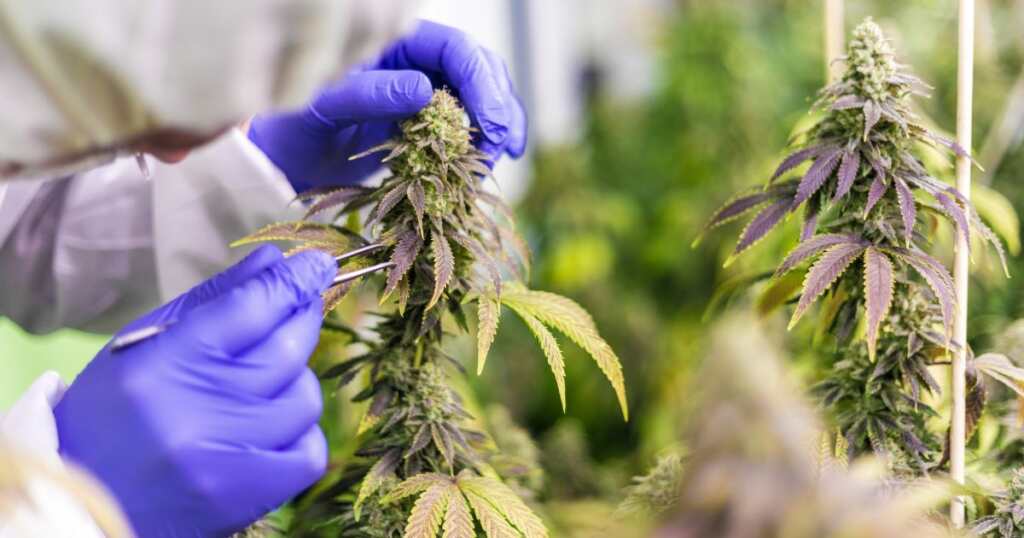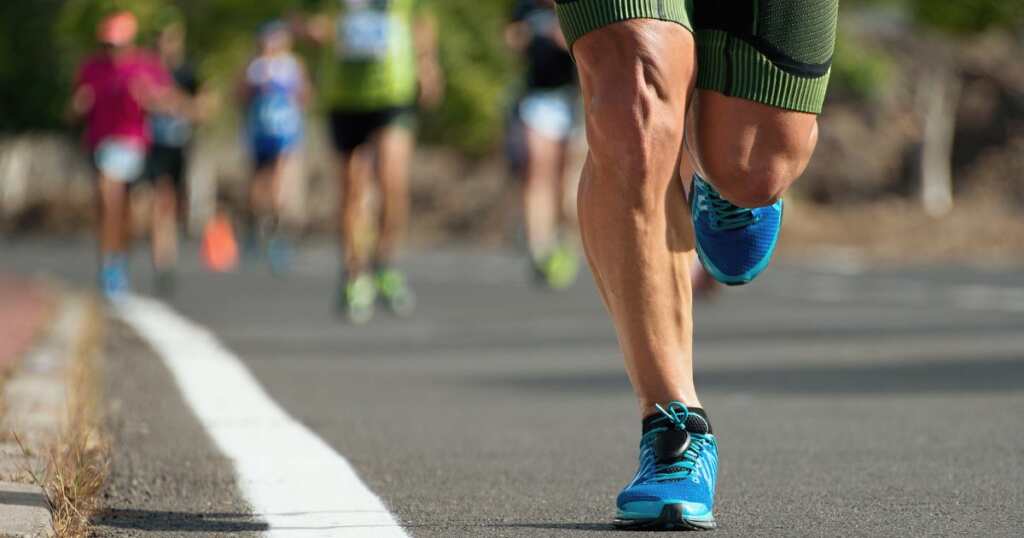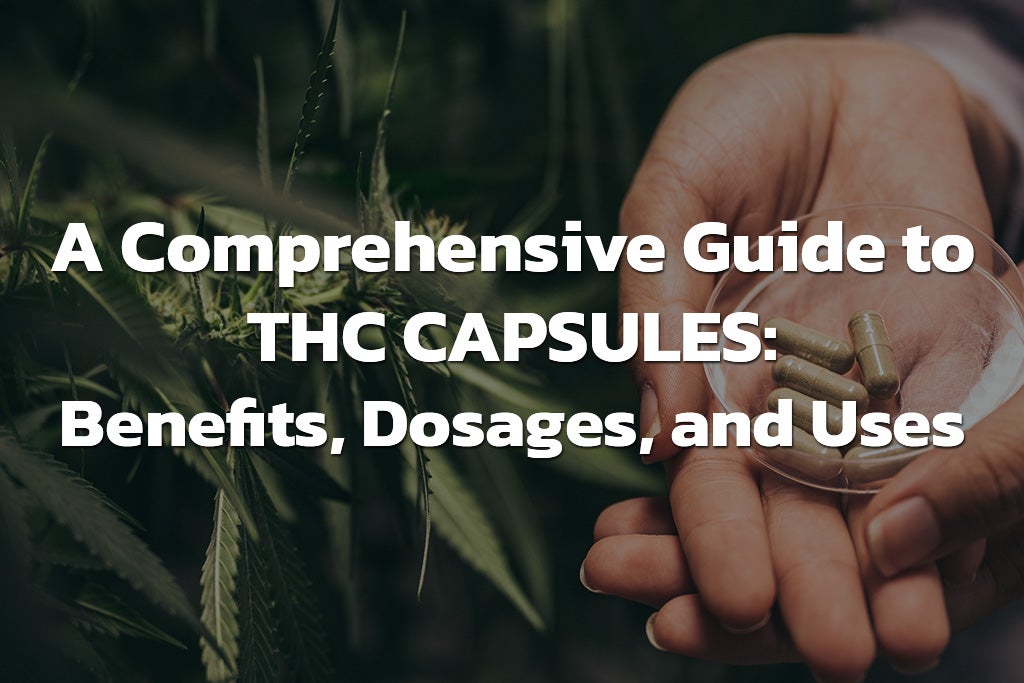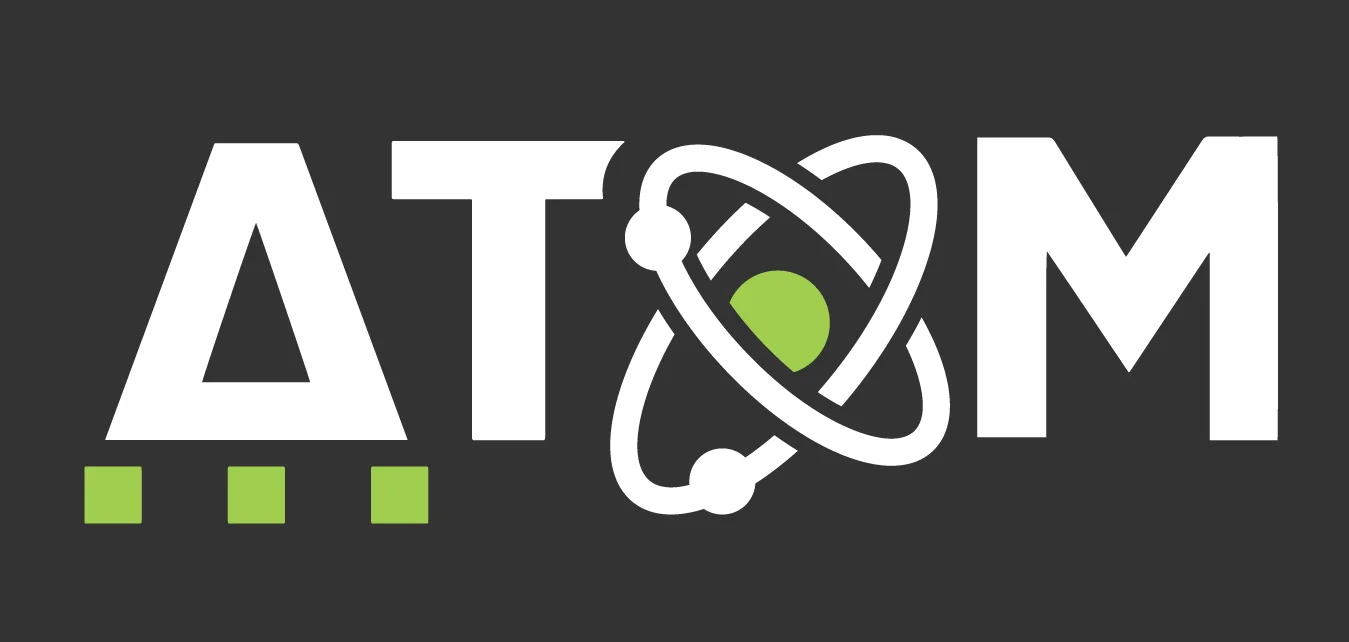Table of Contents
- The Science of Muscle Recovery
- Understanding Cannabis: Types, Components, and Effects
- Benefits of Cannabis for Muscle Recovery
- Methods of Cannabis Consumption for Muscle Recovery
- Considerations and Precautions
- Integrating Cannabis into Your Muscle Recovery Routine
- Conclusion
- FAQs
Unveil the untapped potential of cannabis for muscle recovery. Dive into this guide to discover its transformative benefits. Get ready to supercharge your fitness journey like never before!
The Science of Muscle Recovery

Muscle recovery is a fascinating and intricate process that occurs in our bodies after intense exercise or physical exertion. Understanding the science behind muscle recovery can help us appreciate the importance of giving our muscles the care they need to perform at their best.
Our muscles undergo stress and strain when we engage in strenuous activities, such as weightlifting, running, or high-intensity interval training. This stress leads to micro-tears in the muscle fibers, resulting in inflammation and soreness. While it may sound counterintuitive, this damage is a necessary part of muscle growth.
To recover and adapt, our muscles require three essential components: rest, nutrition, and other factors like hydration and adequate sleep. Rest allows the body to repair the damaged muscle fibers, while proper nutrition provides the necessary building blocks for muscle tissue regeneration. Adequate hydration ensures optimal cellular function, while quality sleep supports overall recovery.
Understanding Cannabis: Types, Components, and Effects
To fully grasp the potential benefits of cannabis for muscle recovery, it is crucial to understand the plant itself—its various forms, primary components, and their effects on the body.
Cannabis is commonly available in two primary forms: marijuana and CBD products. Marijuana, also known as cannabis sativa or cannabis indica, contains varying levels of THC, the psychoactive compound responsible for the “high” associated with cannabis use. On the other hand, CBD products derived from hemp plants contain minimal levels of THC and are primarily focused on the therapeutic properties of cannabidiol.
THC (tetrahydrocannabinol) and CBD (cannabidiol) are the two primary components of cannabis that have garnered significant attention due to their potential effects on the body. THC is known for its psychoactive properties, while CBD is non-intoxicating but offers potential therapeutic benefits.
When THC enters the body, it binds to cannabinoid receptors, primarily in the brain and central nervous system. This interaction leads to various psychoactive effects, including euphoria, relaxation, altered perception of time, and heightened sensory experiences. THC’s impact on the endocannabinoid system can modulate pain perception and contribute to muscle relaxation.
Unlike THC, CBD does not directly bind to cannabinoid receptors but influences the endocannabinoid system differently. CBD is believed to modulate the system, potentially reducing inflammation, anxiety, and pain perception. These anti-inflammatory and analgesic properties make CBD an appealing candidate for aiding muscle recovery.
Benefits of Cannabis for Muscle Recovery
Cannabis holds potential benefits that can aid in muscle recovery. By exploring its properties, we can better understand its impact on the recovery process and optimize its usage.
Cannabis may offer analgesic properties that help alleviate muscle soreness and pain. By modulating pain perception, cannabinoids like THC and CBD could provide relief during the recovery phase, allowing individuals to engage in active recovery techniques more comfortably.

Inflammation is a common hurdle in the muscle recovery process. Cannabis has shown anti-inflammatory effects, which can aid in reducing inflammation associated with muscle damage. By mitigating excessive inflammation, the body’s natural repair mechanisms can function optimally, expediting recovery.
Quality sleep is essential for muscle repair. Cannabis, notably THC, has sedative effects that may improve sleep quality. CBD’s anxiolytic properties can also help regulate sleep patterns and reduce anxiety, facilitating a more restful sleep environment conducive to muscle recovery.
Cannabis can potentially have mood-enhancing effects, which may positively influence recovery. By promoting relaxation and reducing stress or anxiety, cannabis can contribute to an overall positive mindset during recovery, fostering a conducive environment for muscle repair.
Methods of Cannabis Consumption for Muscle Recovery
Various methods of cannabis consumption exist, and each has its pros and cons in the context of muscle recovery. It’s important to understand these methods to choose the one that aligns with individual preferences and recovery goals.
Cannabis can be consumed through smoking, vaporizing, edibles, and topicals. Smoking and vaporizing provide quick onset and allow for precise dosage control. Edibles offer longer-lasting effects but have a delayed onset. Topicals, such as creams or lotions, provide localized relief for muscle soreness and inflammation.
Factors like onset time, duration of effects, and dosage considerations should be considered. Smoking and vaporizing offer faster relief, but the effects may be shorter-lived. Edibles provide longer-lasting results but require patience for the onset. Topicals target specific areas, making them suitable for localized muscle recovery.
Considerations and Precautions
Before incorporating cannabis into a muscle recovery routine, specific considerations and precautions should be considered. Cannabis laws and regulations vary across jurisdictions. Understanding the legal landscape in your jurisdiction is essential to ensure compliance with local regulations.
Cannabis consumption can have side effects, such as dry mouth, increased heart rate, dizziness, or impaired coordination. Additionally, individual responses to cannabis can vary. Being aware of potential risks and monitoring personal tolerance and sensitivity is crucial.
To ensure personalized advice, it is recommended to consult with healthcare professionals or cannabis experts who can provide guidance based on individual circumstances, medical history, and any potential interactions with medications.
Responsible cannabis use involves understanding appropriate dosages, being aware of personal limits, and using cannabis safely and wisely. It’s essential to start with low doses, especially for beginners, and gradually increase as needed while monitoring the effects closely.
Integrating Cannabis into Your Muscle Recovery Routine
Incorporating cannabis into a comprehensive muscle recovery routine requires a balanced approach. Combine cannabis with proper nutrition, hydration, and recovery strategies. Experiment to find the correct dosage, strain, and consumption method. Track progress, adjust as needed, and stay compliant with laws. Cannabis can complement recovery efforts, but it shouldn’t replace them. Stay self-aware, monitor responses, and consult professionals for guidance. By responsibly integrating cannabis into your routine, you can optimize muscle recovery and achieve better results. Empower yourself with knowledge and make informed decisions on your muscle recovery journey.
Conclusion
Incorporating cannabis into your muscle recovery routine offers potential benefits, but responsible and informed usage is crucial. Combine it with proper nutrition, hydration, and recovery strategies for optimal results. Individual experimentation and self-awareness are vital in finding the correct dosage and consumption method.
Track your progress and make adjustments accordingly. Stay compliant with the legal aspects of cannabis use in your jurisdiction. Cannabis can be a valuable tool in enhancing muscle recovery, but responsible use, legal compliance, and personalized approaches are vital. Empower yourself with knowledge and make informed decisions to optimize your muscle recovery journey.
FAQs

What is the best cannabis for muscle recovery?
The best cannabis for muscle recovery depends on individual preferences and needs. Strains high in CBD and lower in THC are often favored for their potential anti-inflammatory and analgesic properties.
What does cannabis do for the gym?
Cannabis may offer benefits for gym-goers, including potential pain relief, anti-inflammatory effects, and relaxation. However, individual responses to cannabis can vary, and it’s essential to find the proper dosage and strain for your specific goals.
What do bodybuilders take for muscle recovery?
Bodybuilders often incorporate various strategies for muscle recovery, including proper nutrition, hydration, adequate rest, and targeted exercise routines. While some bodybuilders may choose to explore the potential benefits of cannabis, it’s essential to consider personal preferences, legal compliance, and individualized approaches to supplementation.








